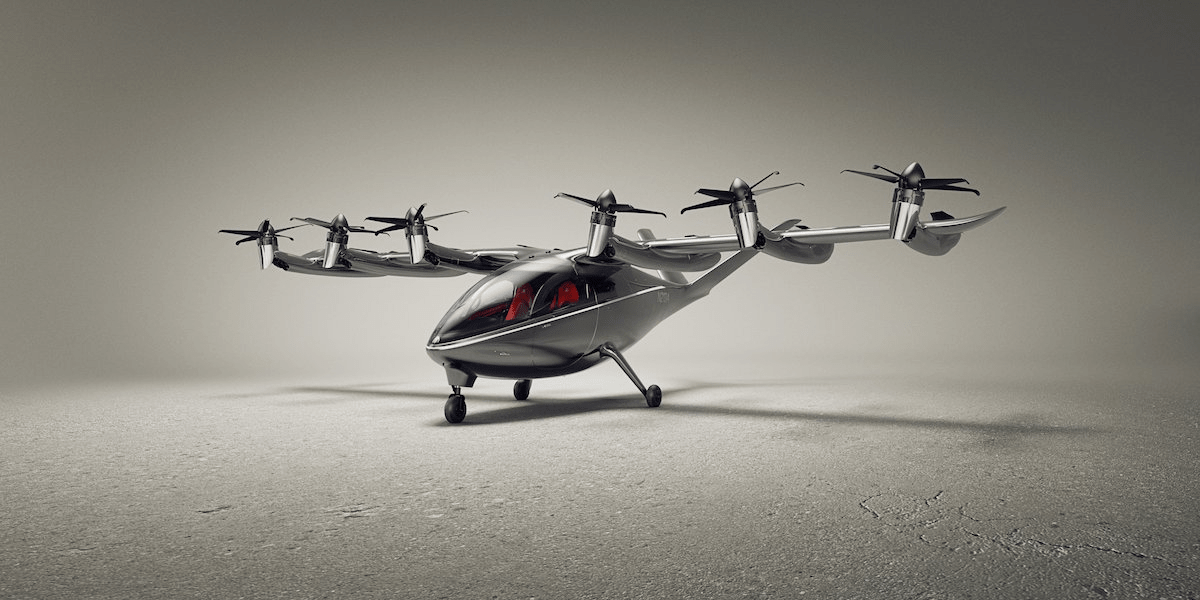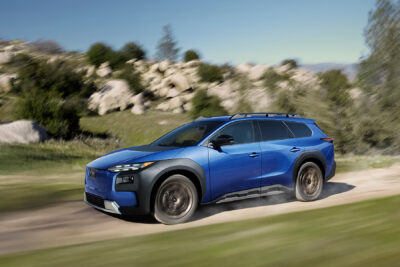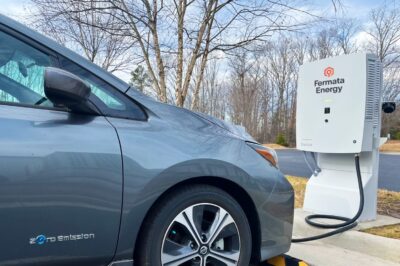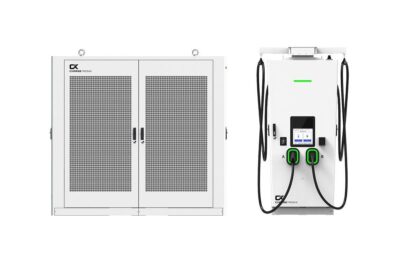FAA to work with US Air Force towards licensing eVTOL to fly
The FAA knows that “A new era of aviation is taking off and safe,” as the agency’s Technology Development Director John Maffei says. He adds, “Efficient operations require collaboration,” and the agreement with the US Air Force is expected to deliver.
Specifically, the FAA signed the agreement with AFWERX, a directorate of the Air Force Research Laboratory. Testing data and expertise on these “emerging technologies” is to help “inform FAA certification efforts, policies, standards, and future airspace integration requirements,” according to today’s statement.
These efforts do not come out of the blue. The FAA in July released an ‘Implementation Plan’ detailing the steps required “to enable advanced air mobility operations in the near term safely”. The plan is limited to piloted planes, meaning uncrewed eVTOLs will pose yet another challenge.
Still, the FAA considers companies developing or operating AAM aircraft “key stakeholders” and wants these to “bring forward the use cases and locations of interest” while working with agencies to obtain necessary certifications and approvals.
Such civilian undertakings are already underway. The US Air Force is working closely with electric aircraft startup Archer Aviation. A 142-million-dollar deal signed in August 2023 will see Archer supply six Midnight eVTOL aircraft to the USAF, sharing flight test data and certification-related test reports, pilot training and development of maintenance and repair processes.
The list already indicates the numerous challenges manufacturers and aviation safety agencies worldwide are facing. As pointed out in an expert contribution on the matter, manufacturers need to know certification rules before jumping into final designs. At the same time, high levels of electrification inside the aircraft systems and, most heavily, the batteries on board pose safety risks for aviation authorities, and there are new lightweight materials used to build drones. Lastly, the use of airspace and new charging, as well as take-off and landing infrastructure, is another matter that must be addressed.
The FAA in the Implementation Plan is optimistic, though, to be able to apply existing requirements to new aircraft and to formulate new ones. “The type certification of AAM aircraft is possible because the FAA can leverage the current regulatory framework, which allows the development of project-specific requirements tailored to fit the unique aspects of novel designs,” writes the FAA. An example of such a ‘Special Airworthiness Certificate’ is the Toyota-backed electric aviation startup Joby Aviation, also working with the US Air Force.
Concerning operations certification, the FAA expects “a mix of traditional aviation with one-on-one engagement” and wants to combine these with existing and new forums to help standards development organisations collaborate. “This is a key procedural step in setting common expectations across the industry,” at least that is the plan.
faa.gov (USAF cooperation), faa.gov (Implementation Plan, pdf)





0 Comments